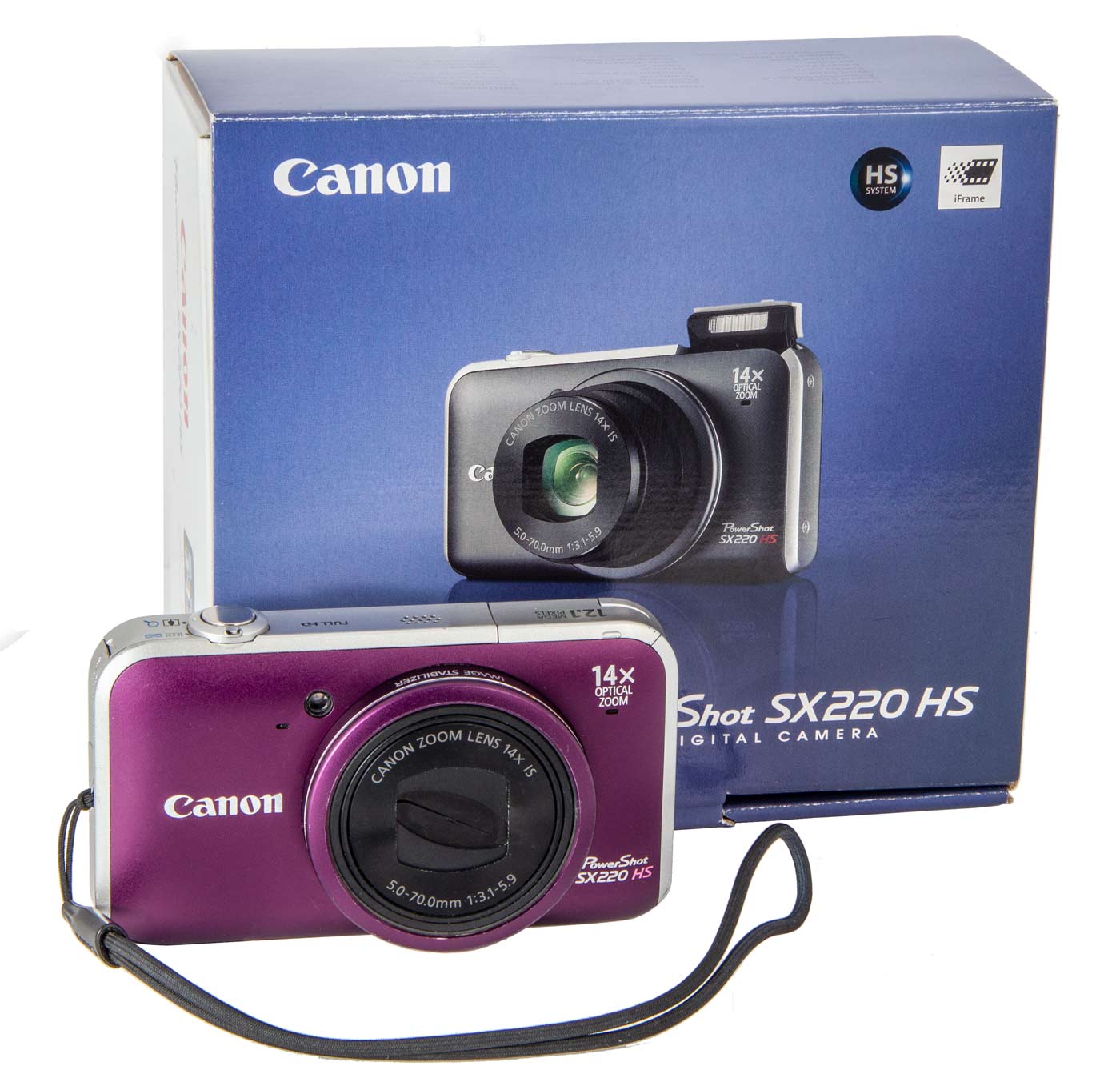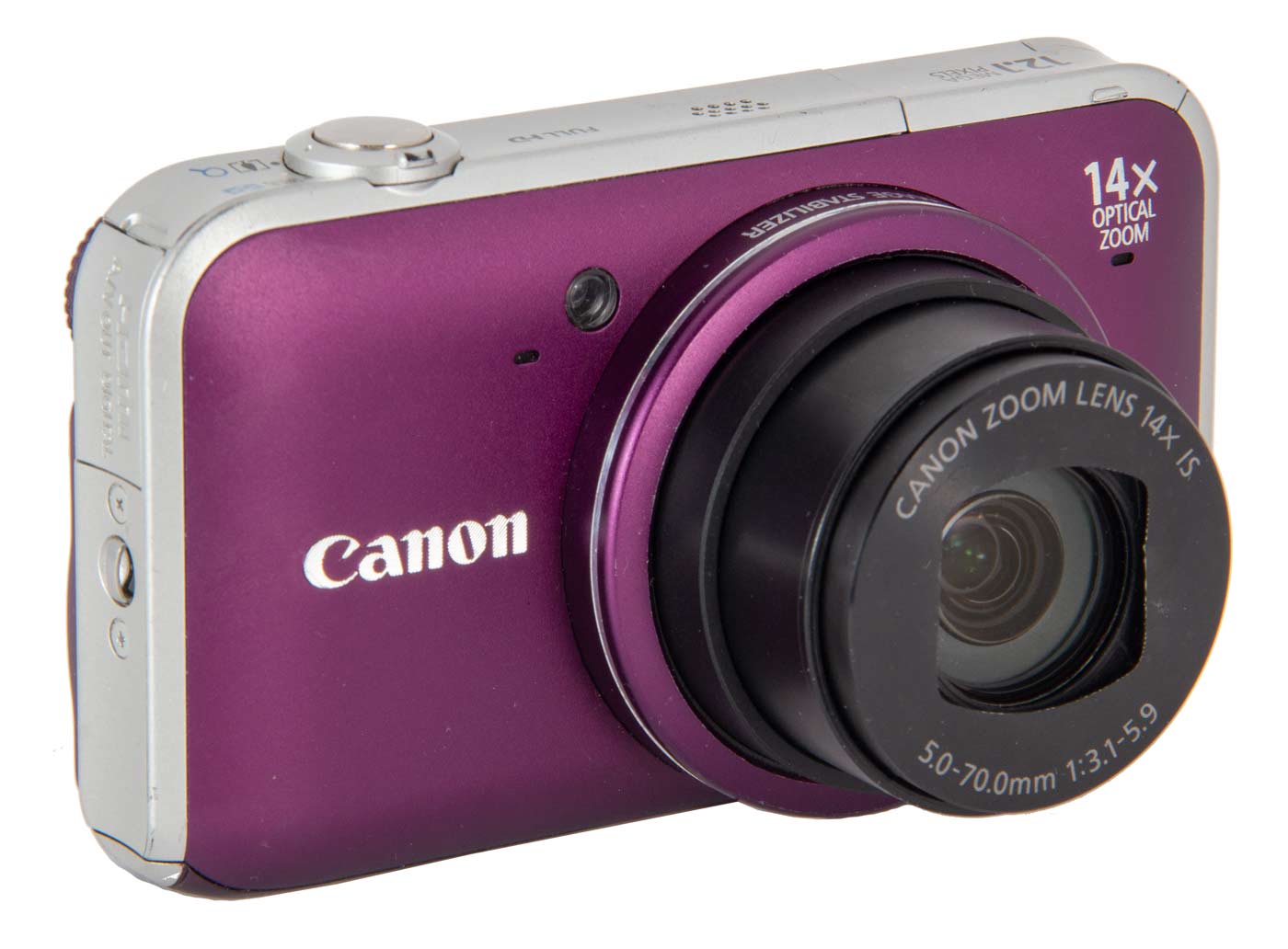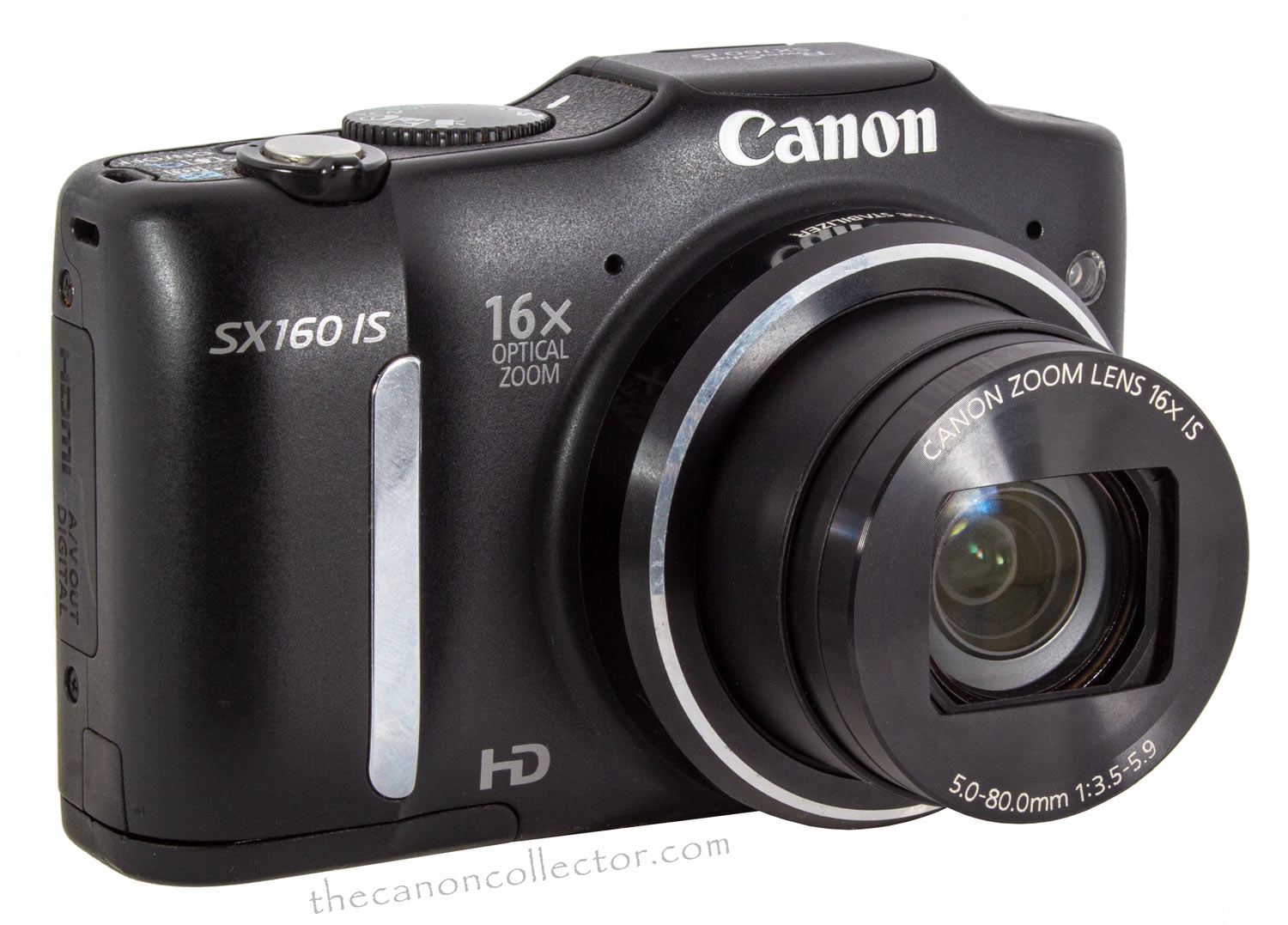The PowerShot
SX Series
Big Zoom – Small Sensor
In 2007 Canon began a new Powershot series targeting amateurs who wanted more sophisticated features in a small inexpensive package. The new cameras were positioned just below the PowerShot flagship cameras, the Powershot G series. At the time the PowerShot G9 was the current model.
The SX’s became known for wide optical zoom ranges, a small sensors and the sophisticated Canon Digic processor which allowed for advanced features and excellent processing speed.
These cameras were introduced with the SX100 IS in October of 2007 and 35 models later the SX740 HS was released in August of 2018. A long successful run.
All of the SX’s had zoom lens ratios of 10 or more. One, the SX60 HS, had a zoom ratio of 65. This is equivalent in full frame terms to a range of 21 to 1365mm. An unbelievable lens. Combined with a 16 megapixel sensor and a Digic 6 processor it made for an amazing camera.
The Digic processors are Canon’s top line processor used in their best cameras because they are powerful and allow the inclusion of advanced features such image stabilization, fast autofocus, and even facial recognition. The inclusion of these processors shows an intent to create an advanced camera.
And then we come to chip size. Canon says that the sensor is a 1/2.3 inch (two cameras were 1/2.5’s) chip and then points out that this is a small size. But what does 1/2.3″ mean? I have looked for the answer to that and had trouble getting an answer. Everyone just quoted the expression and offered no further clarification. Some gave the dimensions as 6.16mm x 4.6mm but they gave no connection between the two types of measurement. But that is so poor to quote a number that you don’t understand or explain.

Videcon Video Vacuum tube of the type used in TV and Video cameras in the 1980’s. The image was focused on the flat front surface on the left end. (Image courtesy of wikipedia.com)
I finally found an explanation on ‘photoreview.com’ and it’s quite interesting. Apparently the term originated back in the 1950’s when video images were captured on round photosensitive vacuum tubes. Of course the images were rectangular but were captured on the face of round vacuum tubes such as the one on the left.
These image sensors were named by the outer diameter of the round tube
needed to produce an image that takes up two thirds of the circular face of the tube. Got it? Good. Now forget it. It is a bad measurement that means nothing in this modern day. It is so much more understandable to say that the sensor is 6.16 x 4.6 mm.
These are small sensors and they suffer from all of the ills that come with small sensors. These are mainly poor shadow detail, high noise in shadow areas and with high ISO settings. Reading reviews of the SX cameras these weaknesses are mentioned again and again. But, the small sensor allowed the lens designers more leeway when designing the extreme zoom ranges found on these cameras.
Table of SX Models
You should note that the SX series was given the same name in all marketing areas, unlike many other models. This makes things so much easier. The SX models are listed below and the ones I have are shaded in blue.
Also note that in the following table “PS” is used as the abreviation for PowerShot.
| Date of Introduction | Model Name | MPX | Sensor Size | Card | Zoom Ratio | Battery |
| Oct 2007 | PS SX100 IS | 8.0 | 1/2.5″ | SD | 10x | 2 x AA |
| Sep 2008 | PS SX110 IS (Silver) | 9.0 | 1/2.3″ | SD | 10x | 2 x AA |
| Dec 2008 | PS SX10 IS | 10.0 | 1/2.3″ | SD | 20x | 4 x AA |
| Dec 2008 | PS SX1 IS | 10.0 | 1/2.3″ | SD | 20x | 4 x AA |
| Apr 2009 | PS SX200 IS (Blk) | 12.1 | 1/2.3″ | SD | 12x | NB-5L |
| Aug 2009 | PS SX20 IS | 12.1 | 1/2.3″ | SD | 20x | 4 x AA |
| Aug 2009 | PS SX120 IS (Blk) | 10.0 | 1/2.5″ | SD | 10x | 2 x AA |
| Mar 2010 | PS SX210 IS | 14.1 | 1/2.3″ | SD | 14x | NB-5L |
| Aug 2010 | PS SX130 IS | 12.1 | 1/2.3″ | SD | 12x | 2 x AA |
| Aug 2010 | PS SX30 IS | 14.1 | 1/2.3″ | SD | 35x | NB-7L |
| Mar 2011 | PS SX220 HS (Purple) | 12.0 | 1/2.3″ | SD | 14x | NB-5L |
| Mar 2011 | PS SX230 HS | 12.1 | 1/2.3″ | SD | 14x | NB-5L |
| Sep 2011 | PS SX40 HS | 12.1 | 1/2.3″ | SD | 35x | NB-10L |
| Sep 2011 | PS SX150 IS (Red) | 14.1 | 1/2.3″ | SD | 12x | 2 x AA |
| Mar 2012 | PS SX260 HS | 12.1 | 1/2.3″ | SD | 20x | NB-6L |
| Mar 2012 | PS SX240 HS | 12.1 | 1/2.3″ | SD | 20x | NB-6L |
| Sep 2012 | PS SX50 HS | 12.1 | 1/2.3″ | SD | 50x | NB-10L |
| Sep 2012 | PS SX500 IS | 16.0 | 1/2.3″ | SD | 30x | NB-6L |
| Sep 2012 | PS SX160 IS | 16.0 | 1/2.3″ | SD | 16x | 2 x AA |
| Apr 2013 | PS SX270 HS | 12.1 | 1/2.3″ | SD | 20x | NB-6L |
| Apr 2013 | PS SX280 HS | 12.1 | 1/2.3″ | SD | 20x | NB-6L |
| Aug 2013 | PS SX510 HS | 12.1 | 1/2.3″ | SD | 30x | NB-6LH |
| Aug 2013 | PS SX170 IS | 16.0 | 1/2.3″ | SD | 16x | NB-6LH |
| Feb 2014 | PS SX700 HS | 16.1 | 1/2.3″ | SD | 30x | NB-6LH |
| Feb 2014 | PS SX600 HS | 16.0 | 1/2.3″ | SD | 18x | NB-6LH |
| Aug 2014 | PS SX400 IS | 16.0 | 1/2.3″ | SD | 30x | NB-11LH |
| Oct 2014 | PS SX60 HS | 16.1 | 1/2.3″ | SD | 65x | NB-10L |
| Feb 2015 | PS SX710 HS | 20.3 | 1/2.3″ | SD | 30x | NB-6LH |
| Feb 2015 | PS SX610 HS | 20.2 | 1/2.3″ | SD | 18x | NB-6LH |
| Feb 2015 | PS SX530 HS | 16.0 | 1/2.3″ | SD | 50x | NB-6LH |
| Mar 2015 | PS SX410 IS | 20.0 | 1/2.3″ | SD | 40x | NB-11LH |
| Feb 2016 | PS SX420 IS | 20.0 | 1/2.3″ | SD | 42x | NB-11LH |
| Mar 2016 | PS SX720 HS | 20.3 | 1/2.3″ | SD | 40x | NB-13L |
| May 2016 | PS SX620 HS | 20.2 | 1/2.3″ | SD | 25x | NB-13L |
| Feb 2017 | PS SX430 IS | 20.0 | 1/2.3″ | SD | 45x | NB-11L |
| May 2017 | PS SX730 HS | 20.3 | 1/2.3″ | SD | 40x | NB-13L |
| Aug 2018 | PS SX740 HS | 21.1 | 1/2.3″ | SD | 40x | NB-13L |
Cameras in the Collection
I have been picking up these cameras at Goodwill Stores, camera shows and Craig’s list for a few dollars each. Some are not in the best condition and many don’t work any longer. Eventually I will have to replace some of them with better copies. However, in the meantime, here are some of the ones I have found.
This website is the work of R. Flynn Marr who is solely responsible for its contents which are subject to his claim of copyright. User Manuals, Brochures and Advertising Materials of Canon and other manufacturers available on this site are subject to the copyright claims and are the property of Canon and other manufacturers and they are offered here for personal use only.




